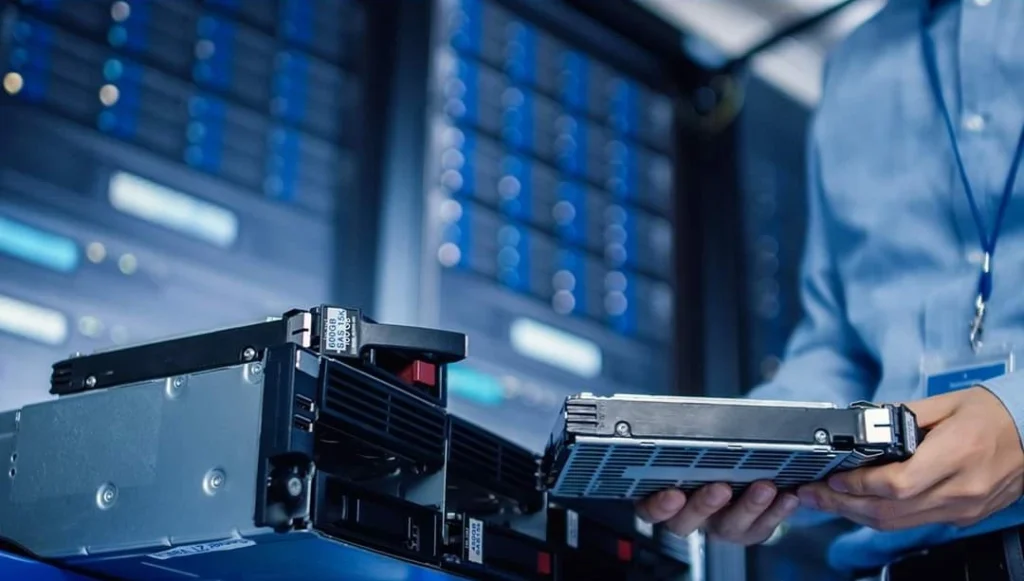Cobots are robots that can work with humans more efficiently than conventional robots. Cobots are very different from industrial robots commonly used in factories.
How The Name Cobot Came About
The word \’cobot\’ is derived from the combination of two words \’collaboration\’ and \’robot\’. When some work is done together, it is called collaboration. That is, cobots are robots that can work together with humans without any complications.
Difference Between Cobots And Industrial Robots
Industrial robots are usually much more powerful. In many cases, these robots are too risky to work with or assist humans.
Most industrial robots can move at speeds in excess of 8 meters per second and handle weights up to 1000 kg. If there are people around while these robots are working, there is a risk of getting injured. There is even a risk of death.
Cobots are much smaller robots compared to that. At the same time, cobots are tailored for specific tasks. These robots usually weigh less than 16 kg and have speeds of up to 4 meters per second. Its speed is further reduced if necessary to facilitate working with people. Basically, there are instructions in the safety regulations of various types of robots regarding what the speed limit of the cobot can be.
In addition, the robot has special controls to avoid contact or collision. For example, some models of cobots are monitored with gears such as electric motors. And some Kobots have an \’Internal Force Torque Sensor\’ installed.
Instructions for safety
Usually any type of cobot is tested for safety before being used. Sometimes a special type of test has to be done for the cobot test. Two of the tests that have to be done are Biometric Measurement and Application Test according to the type of work of the cobot.
Tests show the maximum speed the cobot can reach and whether it needs any other safety measures. If the speed or performance of the cobot is high, it can be dangerous for humans. So one of the ways to avoid danger is to slow down.
Another way is to use a type of protective equipment called \’airskin\’. Airskin is basically a type of sensor cover with pads, on which when force is applied, it spreads evenly in all directions. Also, the cobot can be stopped very quickly in an emergency through airskin.
Again, like humans, cobots must be employed to ensure their safety while using them. Generally, there are various types of equipment attached to the robot. Such as cable carriers, cameras and grippers. When the cobot moves something, these devices also need to be taken into account. For example, when handling dangerous equipment such as sharp knives or glass with the cobot, care must be taken to ensure that it can fully operate without risk.
How Cobots Understand Human Presence
The cobot learns about its surroundings, usually through a security scanner. As soon as a human gets too close to the cobot, it slows down. If it then gets dangerously close, the cobot stops altogether. Sometimes the cobot\’s workspace or workspace is bordered on the floor for safety. Crossing this limit slows down the cobot\’s speed.
Another way that cobots can sense human presence is airskin, which was mentioned earlier. The advantage of AirSkin is that if it is connected to the cobot, it stops functioning as soon as the cobot is touched. Therefore, there is no risk of injury even if someone accidentally enters the designated boundaries of the cobot.
Tasks In Which Cobots Are Used
Cobots are widely used in the automotive industry. Moreover, many small and medium-sized companies are also using cobots to assist employees these days.
For example, a factory is using cobots and laser safety scanners to weld liquid aluminum metal.
Work like warehousing various goods or welding small items is also done with the help of cobots. Cobots are also used to perform many everyday tasks such as adding glue, putting jam on toast or frying eggs.


